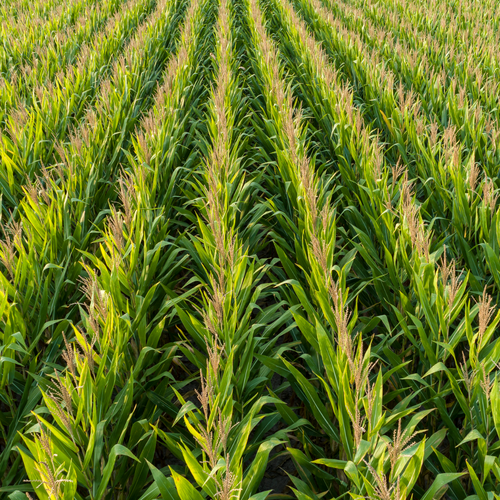Unlocking Agriculture Soil Carbon as a Solution
Explore Indigo Ag's latest whitepaper: Unlocking Agriculture Soil Carbon as a Solution: A Primer....

Explore Indigo Ag's latest whitepaper: Unlocking Agriculture Soil Carbon as a Solution: A Primer....


Nature plays a critical role in regulating the planet’s climate, securing freshwater supplies, and...

This World Soil Day, we celebrate the incredible role that soil plays in creating a sustainable...

The 45Z Clean Fuel Production Tax Credit takes effect on January 1st, 2025. Do you have a plan to...

In the right places, with the right incentives and quantification technology, yes, it can. And it...

February marked Indigo Ag’s third issuance of carbon credits through the Climate...

In today's landscape, where companies are under increasing pressure to address emissions from land...

On Tuesday, May 28th, the US Federal government released the Voluntary Carbon Markets Joint Policy...

If you've noticed that growing seasons are feeling hotter lately, you're not alone. Last July set a